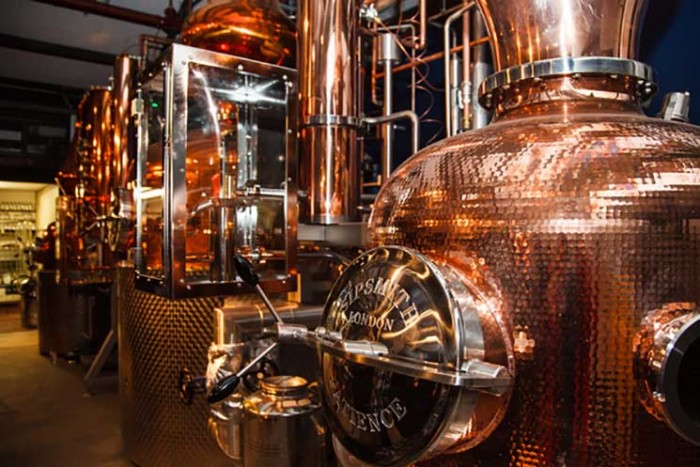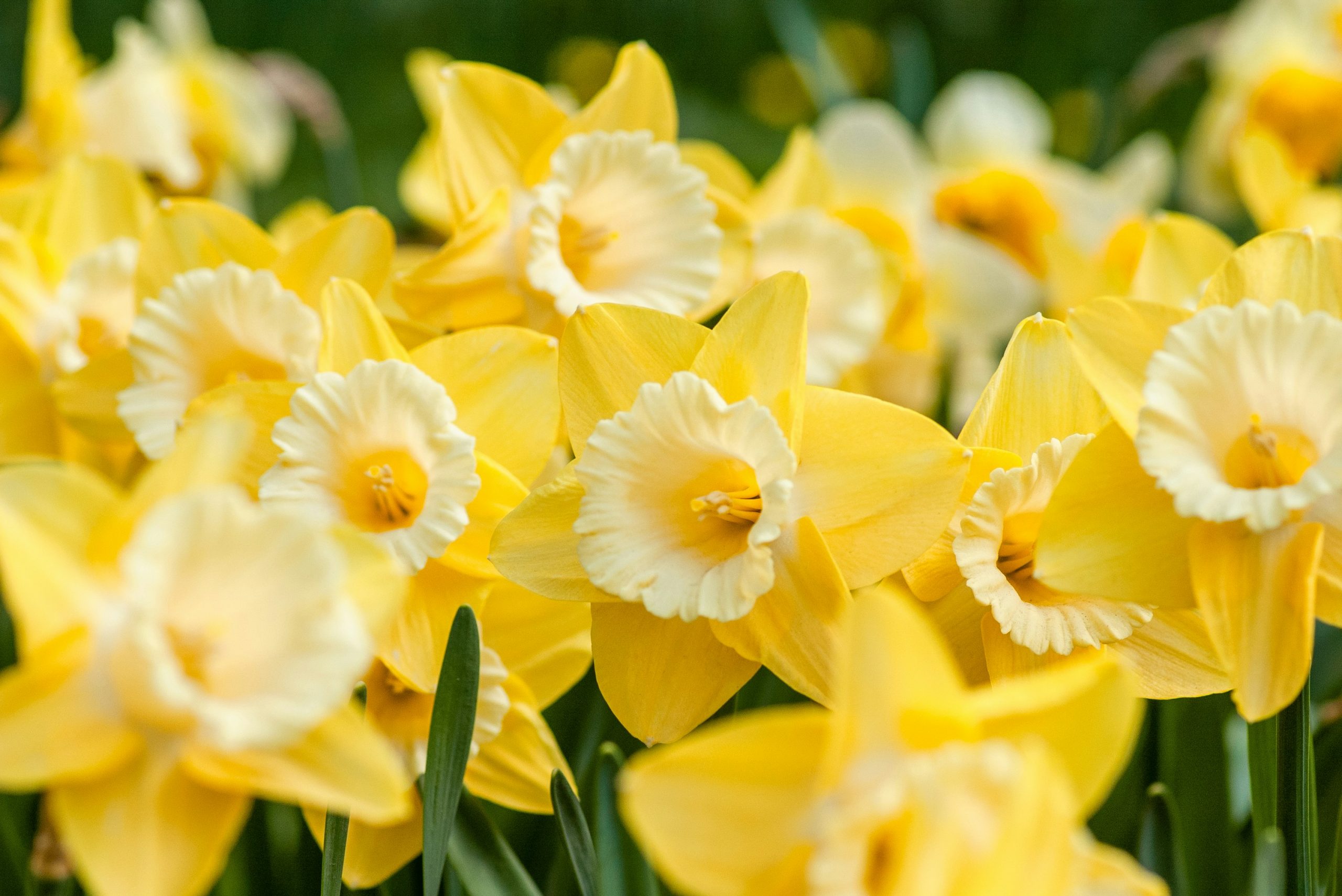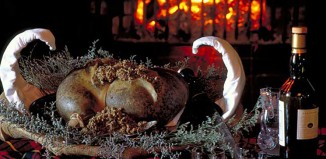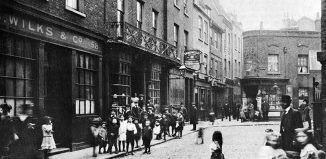Discover the history of London’s long love affair with gin
We delve into the long history of the capital’s love affair with the spirit, including London’s gin palace legacy.
Britain is experiencing a gin renaissance. Across the country new distilleries, specialist bars and tasting experiences are popping up at an extraordinary rate.
In particular, London’s 300-year love affair with the tipple, which mirrors the ebb and flow of the city’s fortunes, is as passionate as ever.
Gin’s origins are in fact Dutch, and began its life on London’s streets as Genever, a rough spirit probably brought back by soldiers from the Thirty Years War in the 17th century. By the later part of the century, following the Restoration, it was being used as popular medicinal remedy.
London soon took to the spirit as a salve to life’s harsh realities. And, in the overcrowded slums of Holborn and St Giles, Dutch Geneva transformed into Madame Genever, the drinking of which spread in like wildfire to counteract the cold and desperate conditions much of the population lived in.
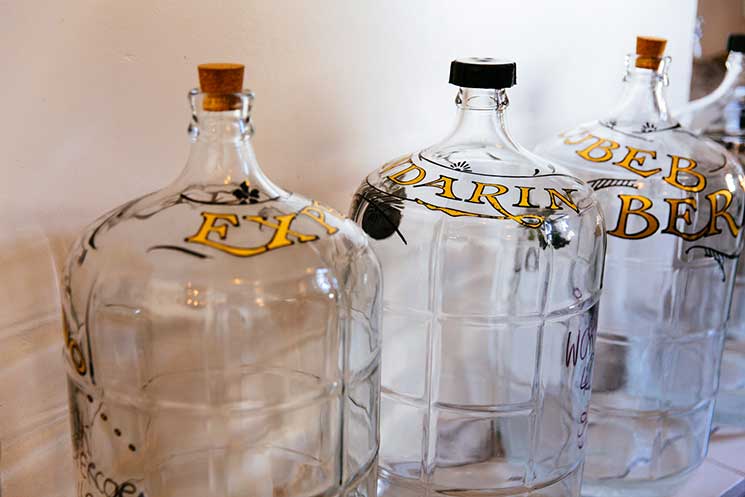
This explosion of gin-drinking in London from 1720-51 – later known as the Gin Craze – was helped along by a population explosion, and Britain’s Dutch-born king William III banning the import of foreign spirit, as well as an act of parliament which encouraged the stilling of spirits from corn to utilise are surplus of grain – resulting in a dramatic reduction in excises due.
Gin ruled London’s streets. One in four homes had a still and the tipple could be bought from public houses and shops – there were around 6,000-7,000 dram-shops in London – and even street wheelbarrow vendors. Almost inevitably, the result was mass drunkenness which sparked national concern, immortalised by Hogarth’s famous print, Gin Lane (although this was, in fact, propaganda paid for the worried beer industry).
It took five acts of parliament, putting the price of gin out of react of the masses and production into the hands of professional business, to quell the craze. Slowly, the public returned to their traditional, less alcoholic tipple of choice – beer.
Soon gin-drinking began to gain a degree of respectability and, during the Victorian era, glittering gin palaces would replace the dram-shops. The arrival of these spectacular gin palaces was preceded by a growing understanding of how to make increasingly sophisticated, palatable spirits, added to the desire to consume them in an agreeable setting. The big-business brewers had moved in, emboldened with a Victorian entrepreneurial spirit, and splashed the cash to attract people – and their new disposable income – by mimicking the dazzling new shops which were also springing up across the city.
Gin palaces were alluringly lit by newly arrived gas lighting and decorated with stunning tiles and etched glass – some were even designed by the leading architects of the age. Fearon’s in Holborn was the first to open in the 1920s and, by the 1850s, there was 5,000 in London alone.
They were still thought to be vulgar by some, gin palaces were hugely popular with people from all walks of life and were even immortalised by Charles Dickens. In Sketches by Boz, he describes their tempting appeal: “All is light and brilliancy. The hum of many voices issues from that splendid gin-shop which forms the commencement of the two streets opposite; and the gay building with the fantastically ornamented parapet, the illuminated clock, the plate-glass windows surrounded by stucco rosettes, and its profusion of gas-lights in richly-gilt burners, is perfectly dazzling when contrasted with the darkness and dirt we have just left. The interior is even gayer than the exterior.”
By the end of the 18th century, London was producing 90 per cent of the gin made in Britain, thanks to the proximity of the docks, bringing in the necessary grains from the east, and spices and herbs from the East India Company, and citrus fruit from the Mediterranean and sugar from the Caribbean. Most distillers huddled around the Clerkenwell area making use of the excellent quality of the water from the well springs and the ease of access to London Docks along the River Fleet, which at the time was a large and busy river.
In the hundred or so years after the gin craze, the family gin brands, which still line shop shelves today, had established distilleries in the capital – Beefeaters, Gordon’s and Tanqueray among them. And gin had taken yet another step up the social ladder with the invention of the column still in 1826 by Robert Stein, improved by Aeneas Coffey, which could create a very pure, colourless spirit, which didn’t need sugar to sweeten it. London Dry Gin was born – and it was perfect for mixing.
The earliest known use of the word ‘cocktail’ in print appeared in 1798 and, in 1823, the Gin Twist – a gin toddy made with fresh lemon juice (a luxury at the time) – took the country by storm.

By the mid 19th-century gin, and gin cordials, had become a respectable addition to ladies tea parties and, created as an anti-malarial for British troops serving in India, the gin and tonic is born in 1850s (gin was used to mask the bitter flavour of quinine), while nautical gin drinks, the Gimlet and Pink Gin dominated the seas.
The Martini, invented in 1888, was among the first gin cocktails created and consumed purely for pleasure, the consuming of which marked the end of the workday and the pursuit of leisure. Over the next 20 or 30 years many other cocktails came to reflect the sophisticated society that created them. The love the gin cocktails persisted through to the Jazz Age, when thirsty Americans headed to London to escape Prohibition in the 1920s. Although the party was already in full swing thanks to London’s Bright Young Things –a group of bohemian young aristocrats and socialites who set the fashions of the day – these new arrivals ensured the party remained in full swing.
The only let up in the love of gin came in the 1980s and 1990s, when vodka became the spirit of choice and, with the drinks industry increasingly dominated by international companies, the family gin firms moved out of the London. Indeed, Beefeater is the only company to have always been based in the London.
However, by the turn of the century the cocktail was making a comeback and, along with it, an interest in artisan spirit making. In London, small-scale distillers were popping up all over the place. Among the first was to open was Sipsmiths in 2009, the first new copper distillery to open its doors in London since 1820, bringing a great tradition of small-batch gin production back to the capital. Although getting a licence would turn out to be somewhat protracted, as nobody had been granted one in living memory and small-batch distilling was still technically outlawed by the gin acts of the 18th century.
Today, London is littered with swanky new bars boasting a huge range of gins made in small distilleries across the capital and beyond, and gin-tasting experiences can be found at places such as the Ginstitute in Portobello Road, making the city once again the gin capital of the world.

